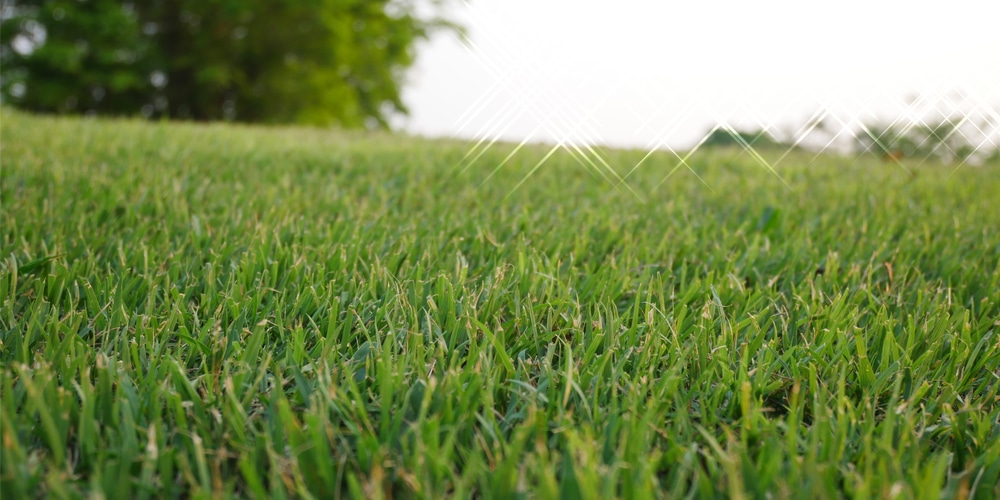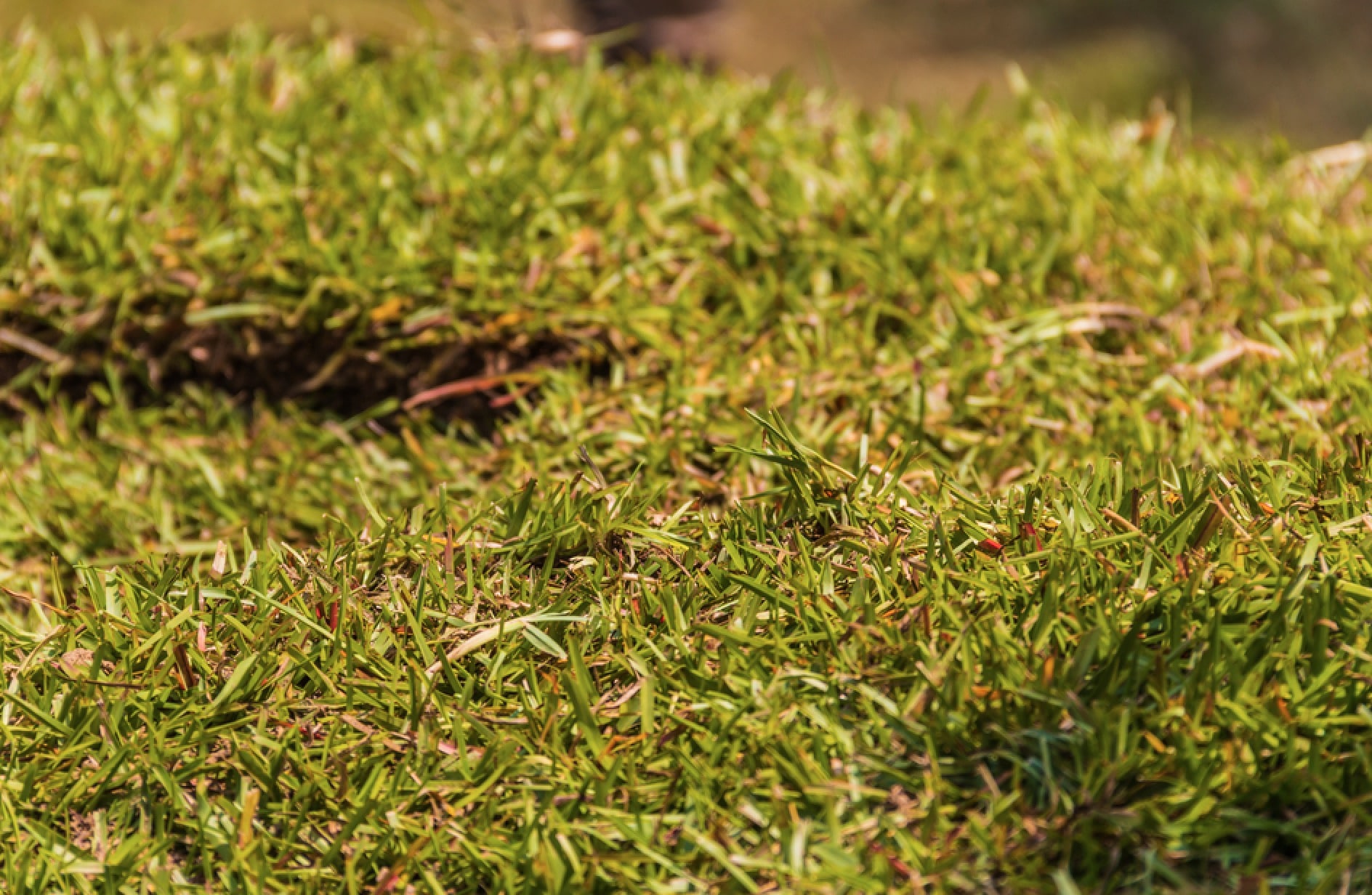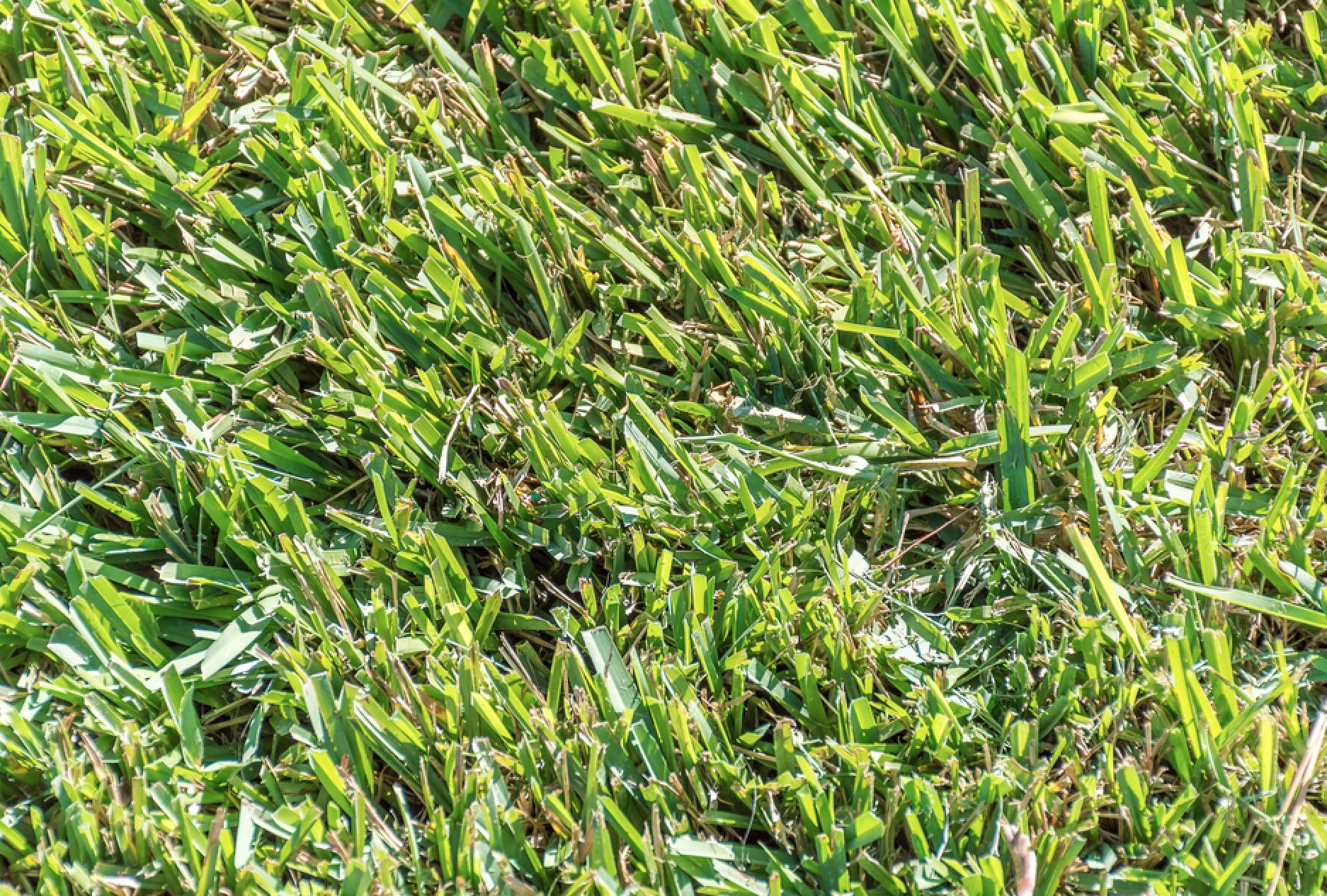| Question | Why is Centipede Grass Seed So Expensive? |
|---|---|
| Answer | It’s Both Slow and Hard to Grow |
| More Info |
|
Centipede grass seed is expensive due to its slow-growing nature and the meticulous process required for its cultivation and harvest. It’s a low-maintenance grass that demands specific conditions to produce seeds, which contributes to the higher cost.
The seed’s resilience and adaptability in poor soil conditions also add to its value, making it a sought-after choice for lawns in warmer climates.
Centipede Grass: 101
Centipede grass, scientifically known as Eremochloa ophiuroides, is a warm-season turfgrass that offers a thick carpet of lush, light green coloration. It is prized for its durability and low maintenance requirements, making it an excellent choice for homeowners seeking a robust yet attractive lawn.
Characteristics:
- Growth: It has a creeping growth habit with stems that can root at the nodes. This allows Centipede grass to spread effectively, forming a dense mat that can ward off weeds.
- Height: Ideal mowing heights range from 1–2 inches to maintain the best health and appearance of the grass.
- Tolerance: One of the main attractions is its high tolerance for heat, with less watering required compared to some other species.
Care:
- Mowing: Frequent mowing is advisable to keep it between the optimal heights mentioned above. It is suggested not to cut more than one-third of the grass’s height at a time.
- Soil Adaptability: It favors acidic soils (pH 5 to 6) and might require specific soil amendments for optimal growth.
- Fertilization: Minimal fertilization is needed, often less than that of other turfgrasses.
Cultivation:
- By Seed: Preparing the soil thoroughly to ensure a fine texture for seed planting is crucial.
- By Plugs: For propagation through plugs, space each plug about a foot apart to encourage spread.
This grass is a viable option for homeowners seeking a lower maintenance lawn with a pleasant aesthetic and is often used in warmer regions where its tolerance to heat shines.
Factors Driving the Cost of Seeds
The price of centipede grass seed is influenced by several critical components rooted in production and inherent grass qualities. While consumers may see only the final price tag, understanding these underlying factors shines a light on the complexity and cost behind every seed.
Seed Production Challenges
Producing centipede grass seed is not a straightforward task. The process demands high agricultural proficiency and is time-intensive, leading to higher costs. The production typically involves:
- Control of growing conditions: Centipede grass requires specific temperatures that can be challenging to maintain, increasing production difficulties.
- Land utilization: The land used for growing centipede grass seed could alternatively be used for other crops that may yield faster returns. This opportunity cost is factored into the seed pricing.
Agronomic Traits
Centipede grass possesses certain agronomic traits that add to its expense:
- Drought tolerance: This grass variety can withstand high temperatures and requires less water than other species, making it highly desirable in arid regions.
- Maintenance: Once established, centipede grass demands minimal maintenance, contributing to its value and overall cost in the market.
Market Demand and Availability
Centipede grass seed is noted for its specific growing conditions and is not as universally adaptable as other types of grass such as Bermuda or Kentucky bluegrass. The limited geographical range for optimal growth means that the demand for centipede grass seed is more localized, but can be quite strong within those regions.
Typically, centipede grass thrives in the warmer climates of the southern United States, and this narrowed demand influences availability.
The market’s supply chain also affects the seed’s cost. Since centipede grass seed production is specialized, there are fewer suppliers, which can lead to higher prices. It’s not just about the number of producers but also about the yield of the grass seed crops. The more difficult it is to produce a high yield, the more expensive the seed will be.
Within areas suited for centipede grass, homeowners and landscapers seek it for its low maintenance needs and tolerance to heat. These characteristics drive demand, particularly in suitable climates where the grass’s ability to thrive with minimal care is a significant selling point.
Alternatives to Centipede Grass Seed

When considering the high cost of centipede grass seed, one may explore other grass varieties that provide similar benefits at a lower cost.
Warm-Season Grass Alternatives
- Bermudagrass: Thrives in heat and handles wear well, ideal for active lawns.
- Zoysiagrass: Offers excellent heat tolerance and dense growth, reducing weed problems.
- Bahiagrass: Known for its drought tolerance, it requires less watering and maintenance.
Cool-Season Grass Alternatives
- Tall Fescue: Adaptable to a range of climates with deep roots for drought resistance.
- Kentucky Bluegrass: Valued for its rich color and texture, although it may need more upkeep.
- Perennial Ryegrass: Establishes quickly and forms a thick lawn, but can demand more water.
Low-Maintenance Alternatives
- Fine Fescue: Handles shade well and requires less fertilization and mowing.
- St. Augustine: Not as drought-tolerant but offers a carpet-like lawn with fewer inputs.
Cost-Effective Seed Choices
While plugs and sod can be expensive, non-coated grass seeds generally offer a more budget-friendly option. One must balance the initial cost with the anticipated maintenance and longevity for a cost-effective choice tailored to their lawn’s specific needs.
Frequently Asked Questions
In exploring the cost of centipede grass seed, certain key aspects must be considered. These include factors influencing the price, comparison with other grass types, and potential long-term savings.
What factors contribute to the high cost of centipede grass seed?
Centipede grass seed’s high cost is attributed to its suitability for warm climates. It also needs less frequent maintenance and watering, and its ability to thrive in southern regions. Its resilience to environmental stress, such as tolerance to cold and waterlogged soil, also plays a role in its premium pricing.
How does the price of centipede grass seed compare to other types like Zoysia or Bermuda?
When compared to other warm-season grass seeds like Zoysia or Bermuda, centipede grass seed may be priced higher due to factors such as maintenance requirements and adaptability to specific climates. Zoysia and Bermuda may offer different attributes that are reflected in their pricing.
Investing in premium centipede grass seed offers benefits such as improved cold tolerance and the ability to withstand poor soil conditions better than other centipede seed brands. This ensures a lush, green lawn that remains hardy in various environmental conditions.
Can the investment in high-quality centipede grass seed result in long-term savings?
Purchasing high-quality centipede grass seed can lead to long-term savings due to its lower maintenance needs and durability. The grass’s resilience can reduce the frequency of reseeding and lawn repair costs, over time.
How often should centipede grass be reseeded, and does this frequency impact the overall cost?
Centipede grass generally requires reseeding less frequently than cool-season grasses, due to its hardy nature. This reduced reseeding frequency can contribute to lower overall costs, despite the higher initial price.
What is the recommended seeding rate for centipede grass, and how does it affect the quantity required for purchase?
The recommended seeding rate for centipede grass is usually lower than for some other grass types.
A lower seeding rate means less seed is required to cover the same area, potentially balancing the higher cost per unit.
Last update on 2025-06-06 / Affiliate links / Images from Amazon Product Advertising API



